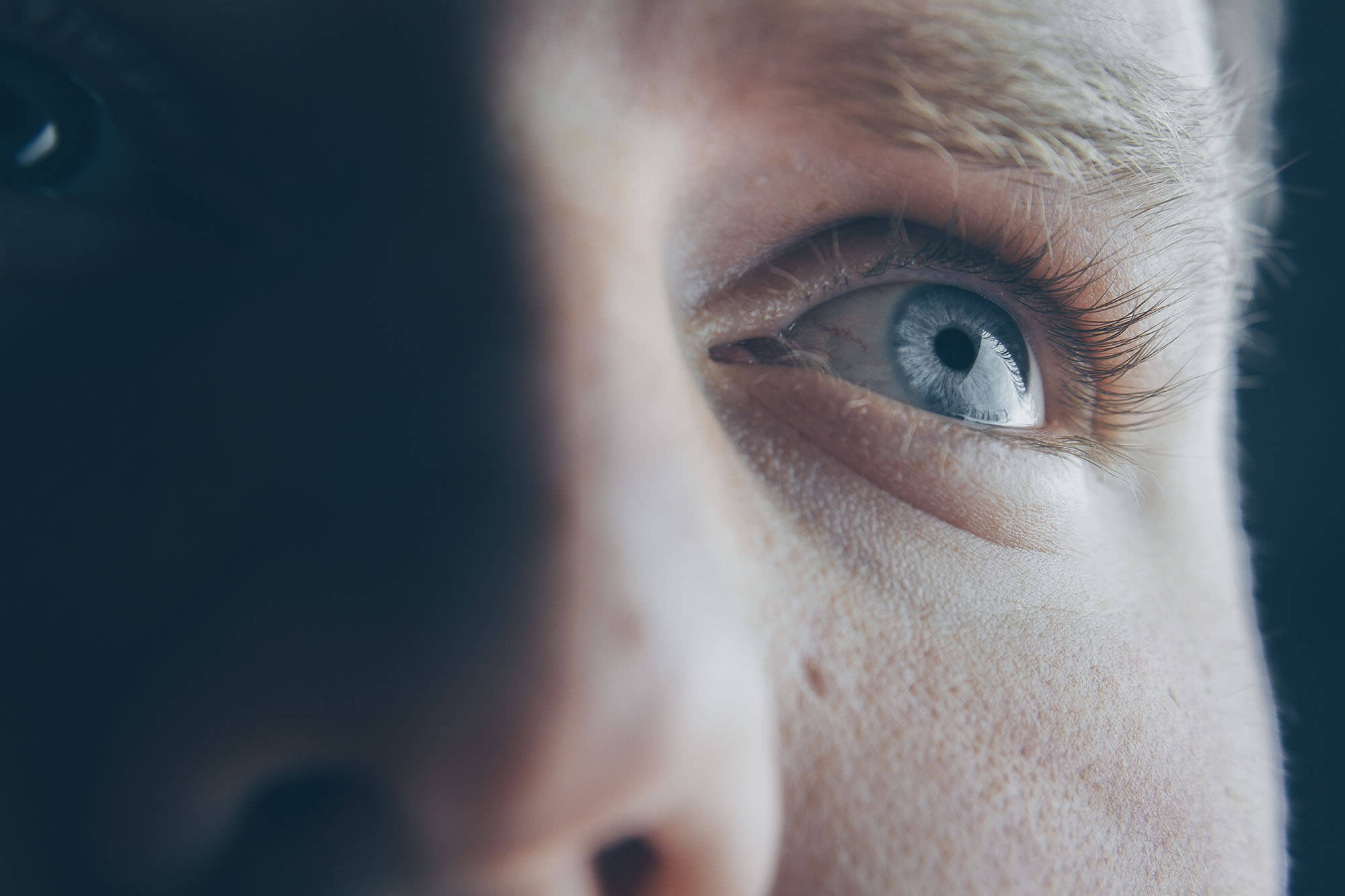
Nystagmus is a condition where the eyes make repetitive, uncontrolled movements. These movements often result in reduced vision and can affect balance and coordination. Did you know that nystagmus can be congenital or acquired? Congenital nystagmus appears in infancy, while acquired nystagmus can develop later due to various factors like head injury or neurological issues. Interestingly, people with nystagmus might tilt their heads to see better, a phenomenon known as the "null point." Another fact is that stress and fatigue can worsen the symptoms. Despite these challenges, many individuals with nystagmus lead full, active lives. Want to learn more? Here are 50 facts about nystagmus that will help you understand this condition better.
Key Takeaways:
- Nystagmus causes uncontrolled eye movements and can affect daily activities. Support and resources, along with ongoing research, offer hope for managing and understanding this condition.
- Nystagmus has various causes and types, impacting vision and emotional well-being. Understanding the myths and seeking proper diagnosis and treatment are essential for individuals with this condition.
What is Nystagmus?
Nystagmus is a condition where the eyes make repetitive, uncontrolled movements. These movements can result in reduced vision and depth perception. Let's dive into some fascinating facts about this condition.
- Nystagmus can be present at birth or develop later in life.
- It often causes the eyes to move side to side, up and down, or in a circular motion.
- This condition can affect one or both eyes.
- People with nystagmus may experience dizziness or balance issues.
- The severity of nystagmus can vary from person to person.
Causes of Nystagmus
Understanding what causes nystagmus can help in managing the condition better. Here are some common causes:
- Genetic factors can play a significant role in congenital nystagmus.
- Neurological issues, such as multiple sclerosis, can lead to acquired nystagmus.
- Head injuries are another common cause.
- Certain medications can induce nystagmus as a side effect.
- Alcohol and drug use can temporarily cause nystagmus.
Symptoms and Diagnosis
Recognizing the symptoms and getting a proper diagnosis is crucial for effective treatment.
- Blurred vision is a common symptom.
- People may have difficulty seeing in low light conditions.
- Rapid eye movements are a clear indicator.
- An ophthalmologist can diagnose nystagmus through a comprehensive eye exam.
- Additional tests like MRI or CT scans may be required for a detailed diagnosis.
Types of Nystagmus
There are various types of nystagmus, each with its own characteristics.
- Congenital nystagmus appears in infancy.
- Acquired nystagmus develops later due to other conditions.
- Spontaneous nystagmus occurs without any apparent cause.
- Gaze-evoked nystagmus happens when looking in certain directions.
- Pendular nystagmus involves equal speed movements in both directions.
Treatment Options
While there is no cure for nystagmus, several treatments can help manage the symptoms.
- Glasses or contact lenses can improve vision.
- Medications like gabapentin may reduce symptoms.
- Surgery is an option for severe cases.
- Vision therapy can help improve eye control.
- Lifestyle changes, such as reducing screen time, can also be beneficial.
Impact on Daily Life
Living with nystagmus can be challenging, but understanding its impact can help in coping better.
- Reading can be difficult due to constant eye movement.
- Driving may not be possible for some individuals.
- Sports and physical activities can be challenging.
- Social interactions may be affected due to visible eye movements.
- Emotional well-being can be impacted, leading to anxiety or depression.
Support and Resources
Support from family, friends, and professionals can make a significant difference.
- Support groups provide a sense of community.
- Counseling can help manage emotional challenges.
- Educational resources are available for better understanding.
- Occupational therapy can assist in adapting daily activities.
- Online forums offer a platform to share experiences.
Interesting Facts
Here are some lesser-known facts about nystagmus that might surprise you.
- Nystagmus is sometimes called "dancing eyes."
- It can be a symptom of other eye conditions like cataracts.
- Some people with nystagmus can temporarily control their eye movements.
- The condition can worsen with stress or fatigue.
- Nystagmus can affect animals, including cats and dogs.
Research and Future Directions
Ongoing research aims to find better treatments and possibly a cure for nystagmus.
- Stem cell research holds promise for future treatments.
- Genetic studies are helping to identify the underlying causes.
- New medications are being tested in clinical trials.
- Advances in eye surgery techniques offer hope.
- Virtual reality is being explored as a tool for vision therapy.
Myths and Misconceptions
Clearing up common myths can help in better understanding nystagmus.
- Nystagmus is not contagious.
- It does not always lead to blindness.
- People with nystagmus can lead normal lives.
- The condition is not caused by poor eye hygiene.
- Nystagmus is not always hereditary.
Final Thoughts on Nystagmus
Nystagmus, a condition causing involuntary eye movements, affects many people worldwide. Understanding its types, causes, and treatments can help those affected manage their symptoms better. From congenital forms present at birth to acquired types resulting from trauma or illness, nystagmus varies widely. Treatments range from glasses and contact lenses to surgery and medications, depending on the underlying cause. Early diagnosis and intervention can significantly improve quality of life for those with this condition. Awareness and education about nystagmus are crucial for reducing stigma and providing support. By staying informed and seeking appropriate medical advice, individuals with nystagmus can lead fulfilling lives. Remember, knowledge is power when dealing with any health condition. Keep learning, stay curious, and support those around you who might be facing challenges with nystagmus.
Frequently Asked Questions
Was this page helpful?
Our commitment to delivering trustworthy and engaging content is at the heart of what we do. Each fact on our site is contributed by real users like you, bringing a wealth of diverse insights and information. To ensure the highest standards of accuracy and reliability, our dedicated editors meticulously review each submission. This process guarantees that the facts we share are not only fascinating but also credible. Trust in our commitment to quality and authenticity as you explore and learn with us.


